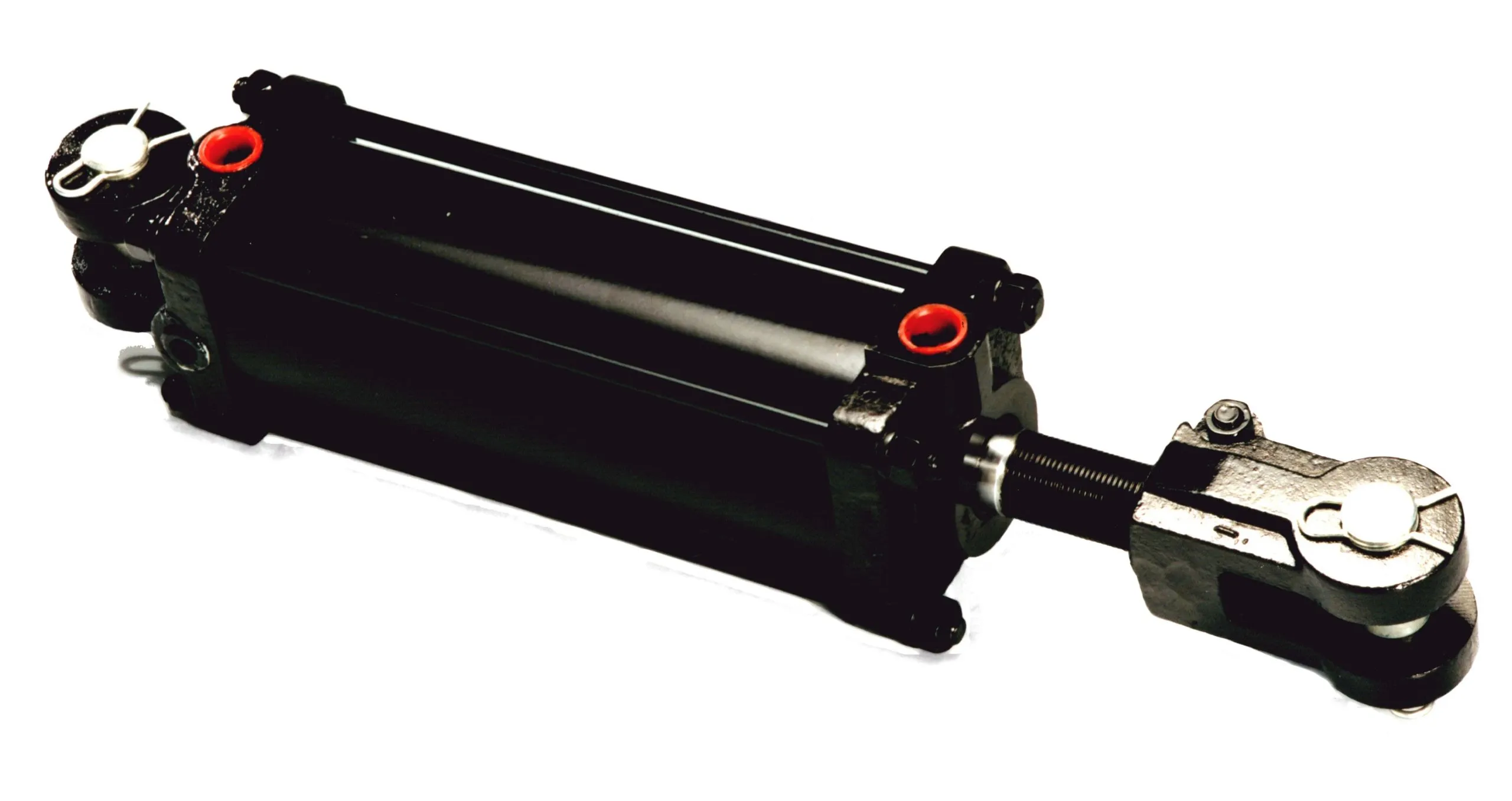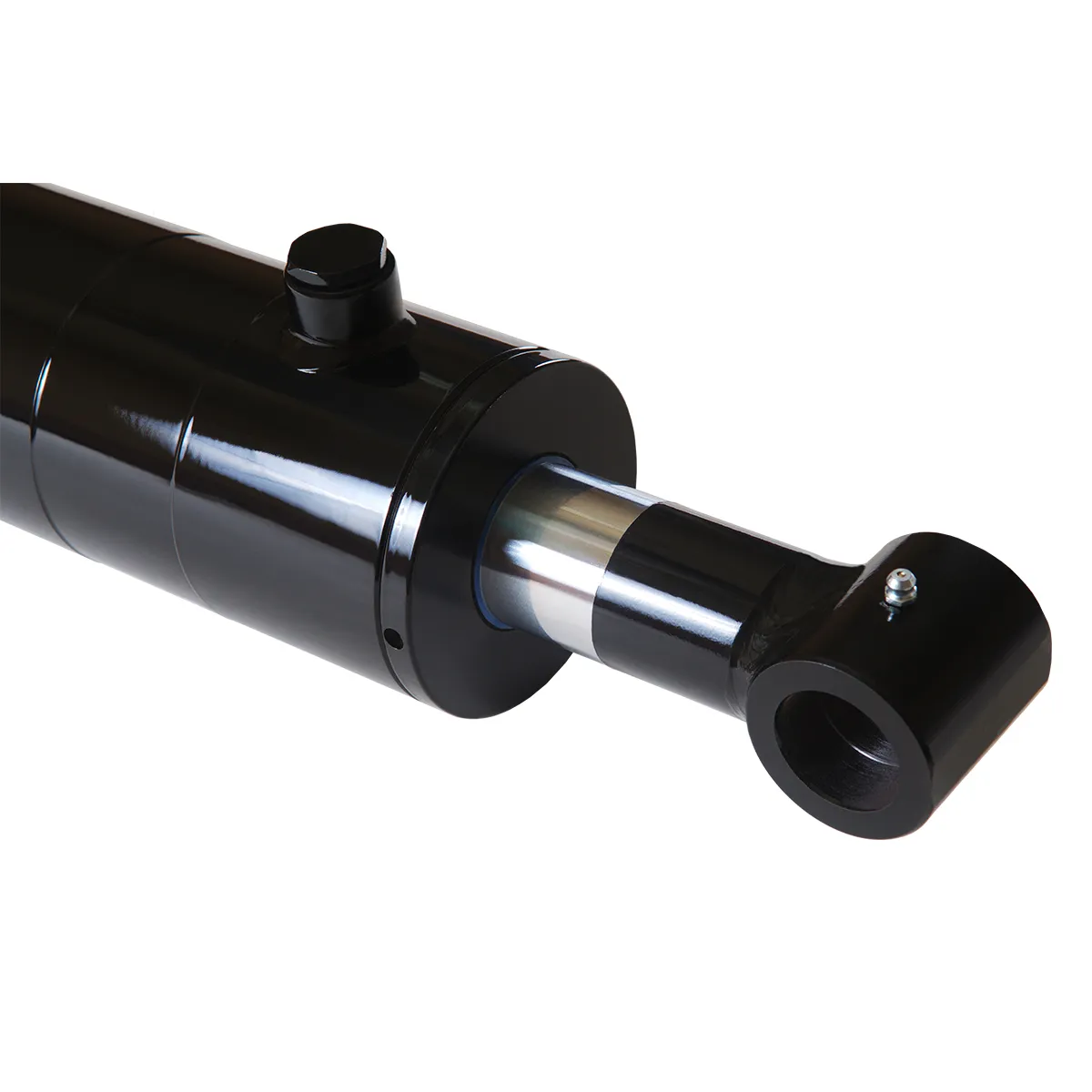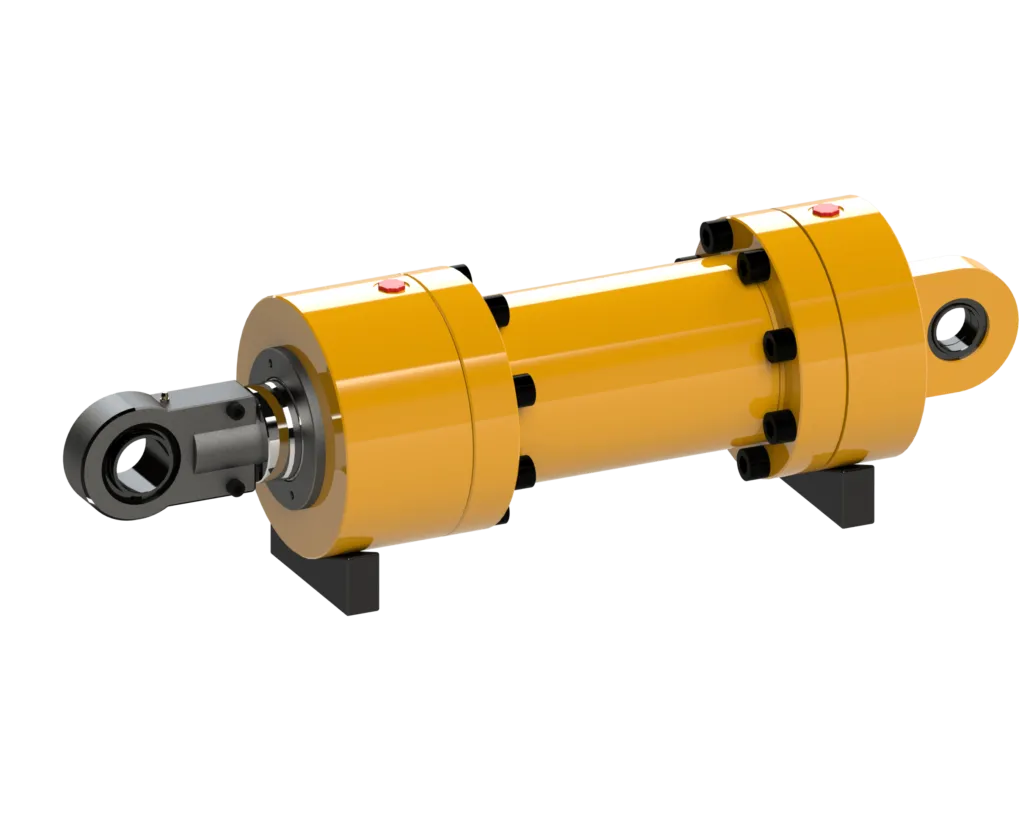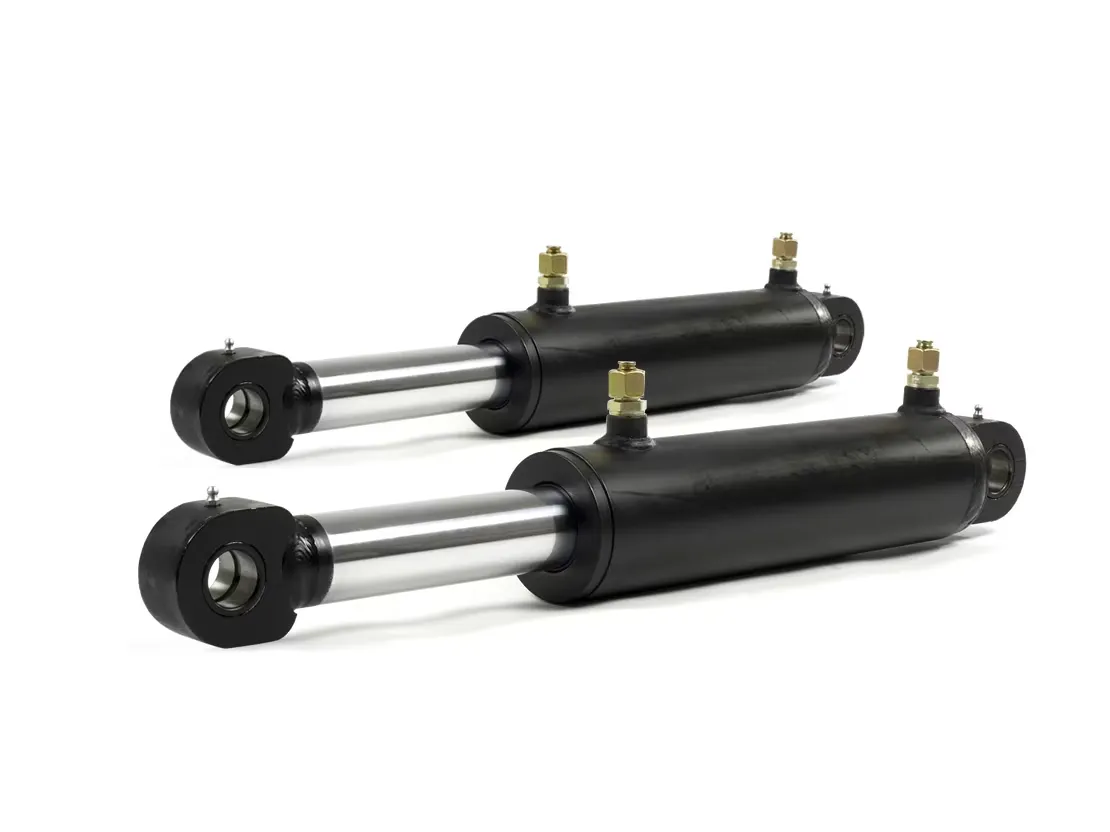The Ultimate Guide to Spring-Return Single-Acting Hydraulic Cylinders
Introduction
In the realm of hydraulic machinery, the spring-return single-acting oil cylinder plays a crucial role. This hydraulic cylinder utilizes hydraulic oil to expand the piston, and upon pressure release, a built-in spring automatically retracts the piston. Let’s delve deeper into the design, construction, working principle, types, benefits, applications, maintenance, and more of these innovative cylinders.
Definition
Spring-return single-acting hydraulic cylinders feature a single-acting structure where hydraulic oil pressure drives the piston in one direction, with the return movement relying on the integrated spring mechanism. The cylinder’s design encompasses a careful selection of springs, high-quality seals to prevent oil leakage, and robust materials for durability.

Design and Construction
- Single-Acting Structure: Hydraulic oil pressure drives the piston in one direction, while the built-in spring facilitates the return movement.
- Spring Selection: Choosing the right spring ensures swift and complete reset post hydraulic pressure release.
- Sealing Design: High-quality seals are utilized to prevent oil leaks and uphold system efficiency and safety.
- Strength and Durability: Materials like high-strength steel are selected to withstand high pressure and impacts.
Assembly Process
During assembly, precise component alignment, especially between the piston and cylinder block, is crucial to minimize friction and wear. Strong welding and mechanical connections are essential to prevent oil leakage under pressure. Rigorous testing post-assembly ensures proper functionality.
Working Principle
When hydraulic oil enters the cylinder, it propels the piston outwards against a load. Upon pressure release, the spring mechanism retracts the piston to its initial position, completing the operation cycle.
Types and Configurations
Spring-return single-acting hydraulic cylinders come in various types and configurations, each tailored for specific applications. Understanding these distinctions can aid in selecting the ideal cylinder for diverse hydraulic systems.
Key Benefits
- Safety – Automatic Reset: The spring’s automatic reset feature enhances operational safety by preventing accidental drops.
- Simplicity – Simple Design: The straightforward structure reduces failure points, making maintenance and repairs easier.
- Cost-Effective: Spring-return cylinders are budget-friendly compared to complex alternatives, suitable for various applications.
- Flexible Operation: These cylinders adapt well to one-way thrust applications, such as hydraulic jacks and mechanical pressing.

Application Scenarios
From industrial machinery to automotive maintenance, spring-return single-acting cylinders find utility across diverse sectors like construction, agriculture, and packaging. Their versatile nature aids in enhancing operational efficiency and safety.
Design Considerations and Selection Criteria
When designing and selecting spring-return single-acting cylinders, factors like bearing capacity, sealing efficiency, durability, safety, and maintenance ease must be meticulously evaluated to ensure optimal performance and longevity.
Sealing and Lubrication
The use of high-quality seals and proper lubrication is vital for reducing wear and ensuring efficient operation of spring-return single-acting hydraulic cylinders. Regular maintenance practices like seal replacements and lubrication checks are essential to uphold cylinder performance.
Preventive Maintenance
Regular inspections and preventive maintenance measures are crucial for identifying potential issues early on and ensuring the longevity of spring-return single-acting hydraulic cylinders. Adhering to a maintenance schedule can enhance operational efficiency and prevent costly downtime.
Installation Guide
Proper installation of spring-return single-acting hydraulic cylinders is vital for optimal performance. Following manufacturer guidelines, ensuring correct alignment, and using appropriate mounting brackets are key steps in the installation process.
Maintenance Tasks
Common maintenance tasks like regular inspections, proper lubrication, seal replacements, and calibration checks are essential for preserving the functionality of spring-return single-acting cylinders. Adherence to these tasks can prevent malfunctions and extend the lifespan of the cylinders.
Safety Considerations
Emphasizing safety measures and considering environmental factors when using spring-return single-acting hydraulic cylinders is paramount to prevent accidents and ensure operational efficiency. Prioritizing safety protocols can safeguard equipment and personnel.
Unit Power
The unit power of hydraulic systems, influenced by factors like system pressure, piston area, and spring characteristics, dictates the efficiency and output capacity of spring-return single-acting cylinders. Understanding these parameters aids in optimizing cylinder performance.
Optimizing Power Unit
Optimizing the power unit of spring-return single-acting hydraulic cylinders can lead to enhanced efficiency, energy savings, and improved reliability. Strategic power management strategies can elevate operational productivity and reduce maintenance costs.
FAQs
How does the spring mechanism work in this type of cylinder?
The spring mechanism in spring-return single-acting cylinders automatically retracts the piston upon hydraulic pressure release, ensuring smooth operation.
What are the main applications of spring-return single-acting hydraulic cylinders?
These cylinders find applications in industrial machinery, construction equipment, agricultural machinery, automotive maintenance, and more, catering to diverse hydraulic system requirements.

What are the advantages of using a spring-return design?
The spring-return design offers safety features like automatic reset, simplicity in operation, cost-effectiveness, flexibility in applications, and enhanced operational efficiency.
What limitations should be considered with spring-return single-acting cylinders?
While spring-return cylinders offer numerous benefits, limitations related to load capacity, operational speed, and specific application requirements should be considered during selection.
How does the cylinder’s diameter affect its performance?
The cylinder’s diameter influences the thrust output and operational efficiency of the hydraulic system, with larger diameters typically generating higher power outputs.
Long-Tail Keywords
1. “Enhanced Hydraulic Fluid Compatibility in Spring-Return Cylinders”: This long-tail keyword highlights the importance of optimal fluid selection for efficient cylinder operation.
2. “Seal Integrity and Performance in Spring-Return Cylinders”: This keyword emphasizes the significance of seals in maintaining cylinder efficiency and preventing leaks.
3. “Lubrication Practices for Longevity in Spring-Return Cylinders”: Exploring lubrication strategies to enhance the lifespan and performance of hydraulic cylinders.
Company Focus
Our company specializes in hydraulic cylinder replacements, offering a comprehensive product line and establishing a prominent presence in both domestic and international markets. With a focus on professionalism, international certifications, customized services, advanced production equipment, and exceptional after-sales support, we strive to deliver top-notch hydraulic solutions to our customers.
Author: lyl

